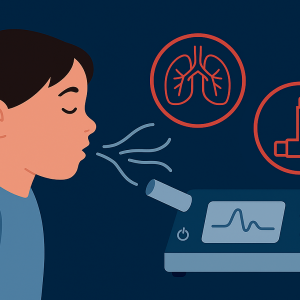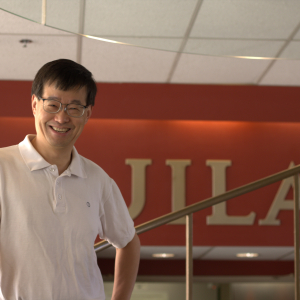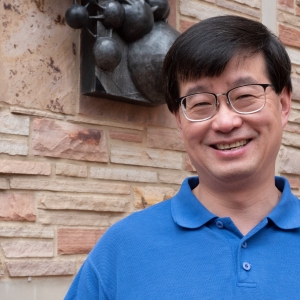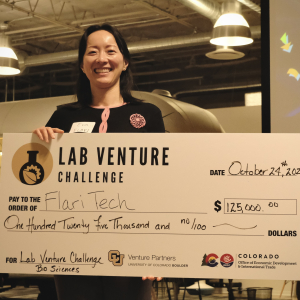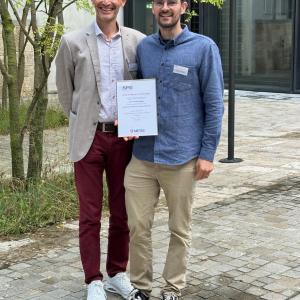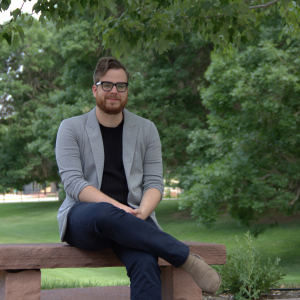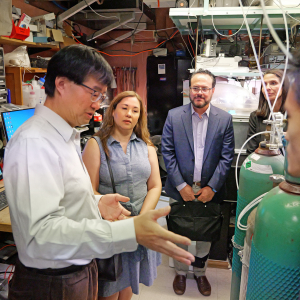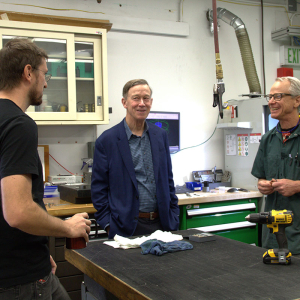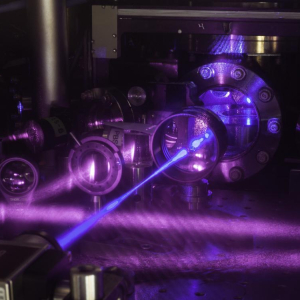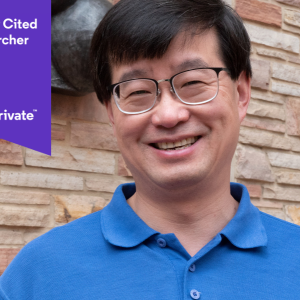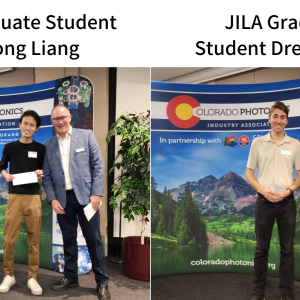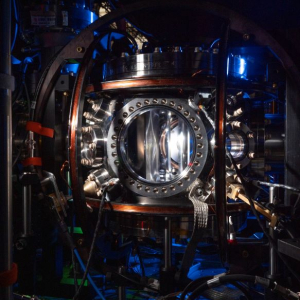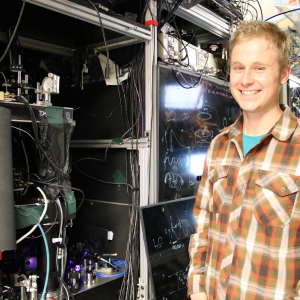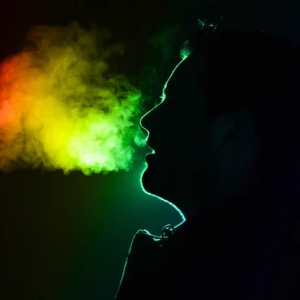News
: JILA and NIST Fellow Jun Ye Named Clarivate Highly Cited Researcher for 12th Consecutive Year
: JILA and NIST Fellow and University of Colorado Boulder Physics Professor Jun Ye Receives the Berthold Leibinger Zukunftspreis 2025 Award
: JILA and NIST Fellow and University of Colorado Physics Professor Jun Ye Recognized as 2024 Highly Cited Researcher
: JILA and NIST Fellow and CU Boulder Physics professor Jun Ye Featured in new NOVA Documentary
: JILA-based Innovation Team Flari Tech Wins CU Boulder’s 2024 Lab Venture Challenge for Breakthrough Breath Diagnostic Technology Targeting Lung Cancer
: JILA Postdoctoral Researcher Simon Scheidegger Awarded METAS 2024 by Swiss Physical Society for Work on Hydrogen Energy Levels
: JILA Postdoctoral Researcher Jake Higgins Awarded Spot at 2024 MIT Chemistry Future Faculty Symposium
: Colorado Representative Yadira Caraveo visits JILA and the University of Colorado Boulder for Quantum Discussions
: Senator Hickenlooper Discusses Quantum Computing's Role in Boosting Colorado's Economy at Latest JILA Visit
: Groundbreaking "Tabletop" Physics Experiments Receive Major Funding, with JILA and NIST Fellow Jun Ye Leading Key Project
: JILA Graduate Students Qizhong Liang and Drew Morrill Win Colorado Photonics Industry Association Poster Contest
: JILA and NIST Fellows Jun Ye's and Eric Cornell's eEDM Research Highlighted in "Physics World"
: JILA and NIST Fellow Jun Ye's Research is Highlighted in a New University of Colorado Boulder Start Up Program







